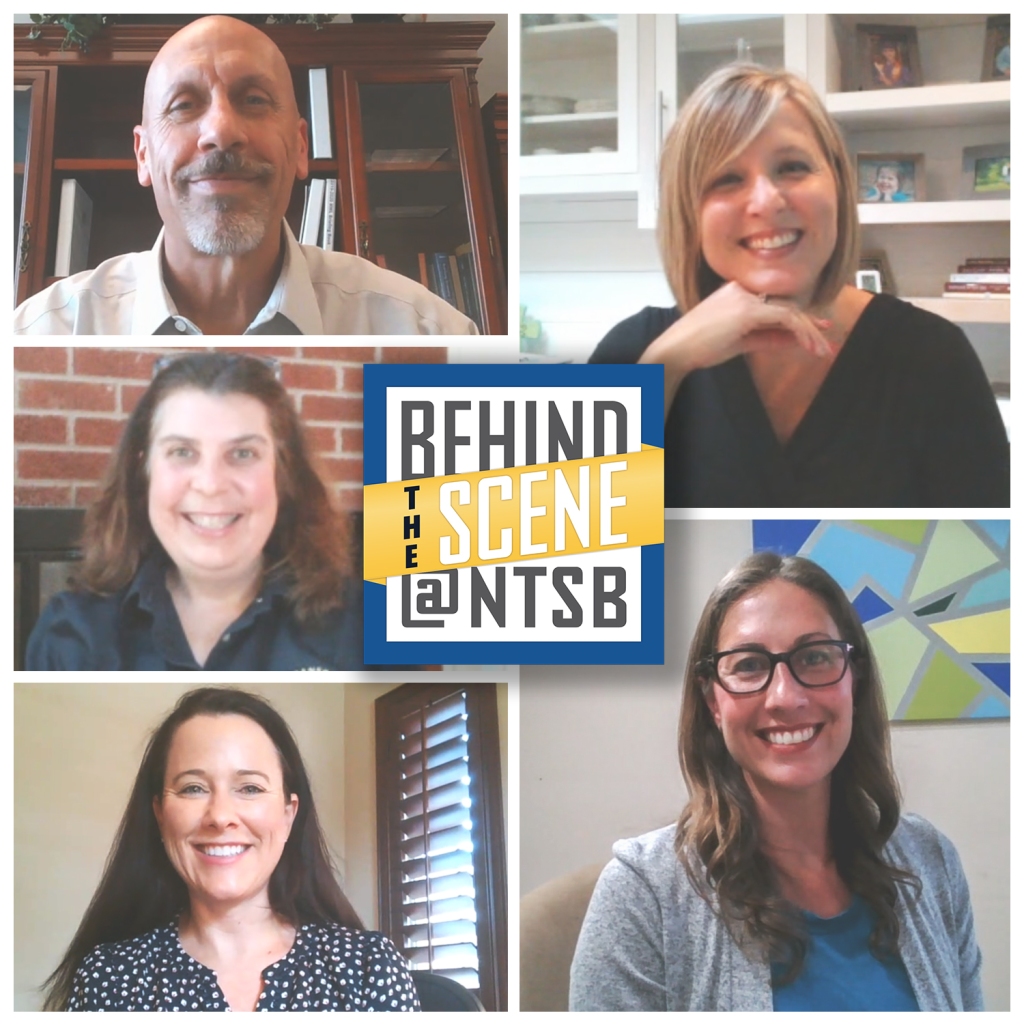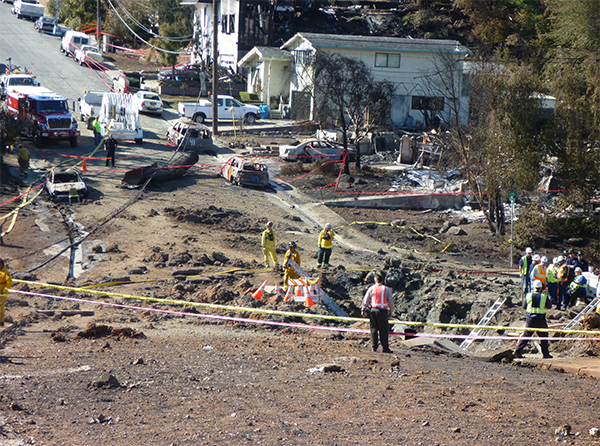By Dolline Hatchett, Director, Office of Safety Recommendations and Communications
As the Director of the NTSB’s Office of Safety Recommendations and Communications (SRC), I lead a group that is focused on getting the whole story of accident investigations to the public. When there is a transportation disaster, my group is on scene alongside the frontline investigators, recording B-roll (video imagery of the accident site), and helping prepare NTSB spokespeople for on-scene press conferences.
But that’s just the leading edge of the investigation—and of our communications responsibility. For major investigations, we also focus attention on the public Board meeting. And, equally important but often overlooked, we help craft safety recommendations and advocate for them to be enacted, following up with recipients—sometimes for years—to see the job through.
My division’s mission runs the gamut, from fine points of grammar and usage to getting the right information out so that the people who need it have access to it. And lately, I’ve been thinking about how our language affects how we think—and what we do—about safety.
The Chairman of the NTSB has said that safety is not something that you can get or own, it’s something that you do, day after day. How does that relate to how we talk and write about safety? Well, if safety is something that we do, it’s not safety the noun (or the modifiers safe or safely). At heart, safety is a verb: to save.
To save lives. To save people from injury, and to save property and the environment from damage. How do we do this? By identifying hazards and mitigating risk (more action words—things we do to save ourselves, others, and our world!).
Why is this important? I notice too often that things that we do “for safety” are easily waved off. They’re thought of as things we do just in case something unlikely happens, but that cost time and money for the usual case when those measures aren’t needed. But the unlikely occurrence is out there, ready to happen, if that procedure isn’t followed or that safe design fails. We can’t be lax about safety, even if the likelihood of something going wrong is very low.
Those who are not deeply passionate about safety might dismissively explain that a feature is “for safety.” Think about the last automobile commercial you saw. I’m certain you heard something like “safety features” mentioned as flashy footage of that new car raced around coastline curves. I bet you weren’t thinking at all about what that term—safety features—even meant. It wasn’t made out to be as important as the car’s horsepower or built-in infotainment system. But what if the commercial narrator used a different term? Would you pay more attention if the narrator said, “To save your life, this vehicle is equipped with . . .” before summarizing the car’s safety features?
As you may have concluded, I truly appreciate the power of verbs—as far as language goes, they’re where the action is, where the rubber meets the road. By the same token, safety recommendations are where the rubber meets the road in the NTSB’s mission to improve safety. They’re about actions that can be taken to save people from death or injury, or to save property or the environment.
For example, although we recommend and advocate for transportation operators to use safety management systems (SMSs), implementing an SMS means starting and continuing a process. Although this process does include documents (safety policy), it does not begin and end there. A company must also do safety every day. Complying with rules is a good foundation, but to move ahead in a safety journey, we need the verb to save, which means making an ongoing, active effort. What does it mean to continually save in all that we do? It means following all the safety rules, of course, as a first step. But it also means continually scanning the horizon for the next hazard, to save lives, save others or ourselves from injuries, and save property and the environment from damage. This continual vigilance aligns with the proactive, recurring feedback necessary for a successful SMS.
We can all take a page from the safety professional’s book and forget safety the noun. Especially in today’s environment, safety is not something that we get or own. It’s something that we do, and continue to do, every day.
Safety is, by all rights, a verb. It calls for action. Make safety something you do, and keep doing it.






